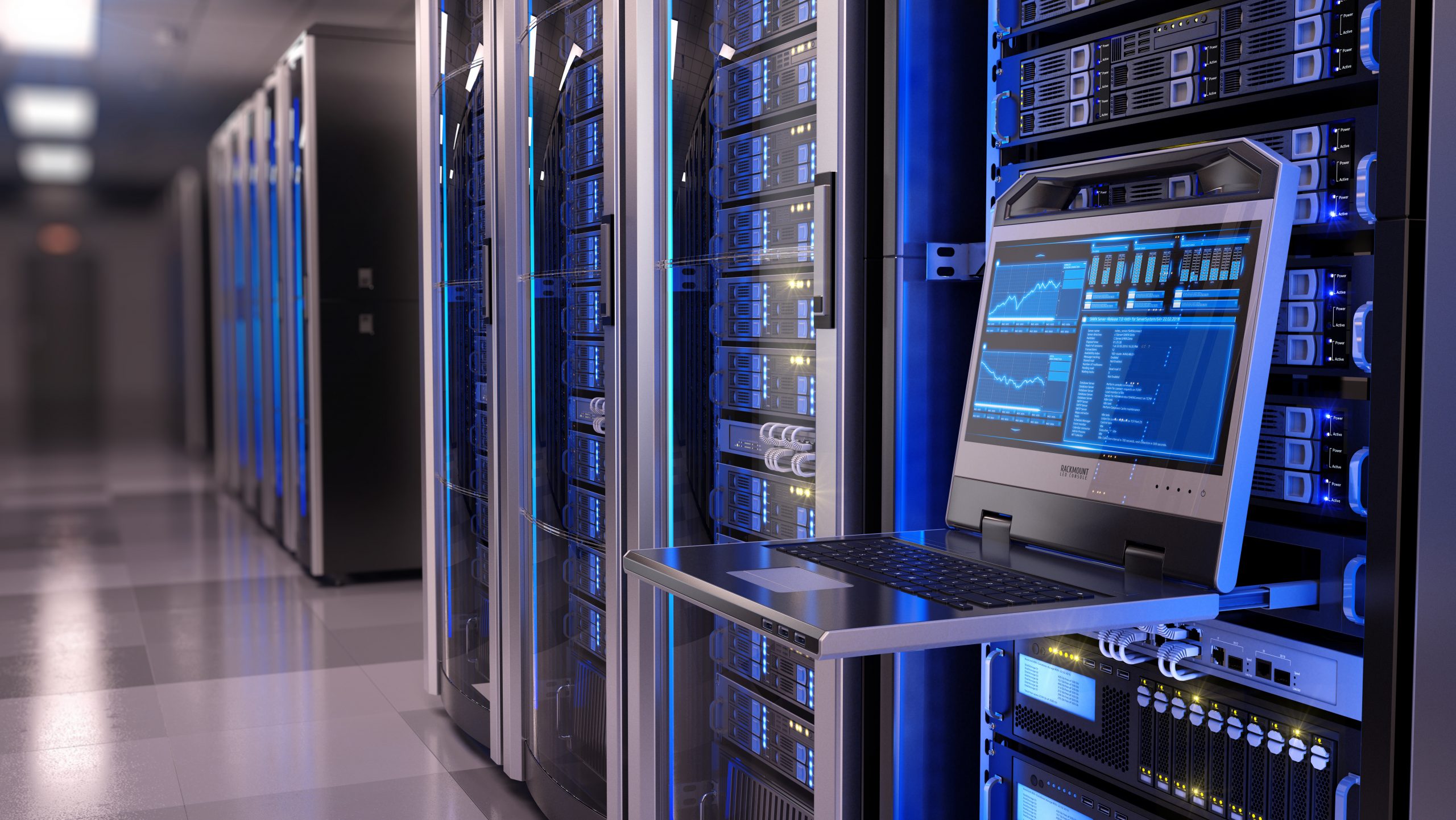Servers and Storage Solutions form the essential backbone of any modern IT infrastructure, working in a symbiotic relationship to manage and process an organization’s data. A server, which is a powerful computer, acts as a centralized hub that provides a variety of resources and services to client devices over a network. These services are diverse and can include hosting websites, managing databases, running business applications, and centralizing file storage for a company’s entire workforce. Essentially, the server is the brain of the operation, tasked with executing commands and serving data as requested, and a well-designed server solution ensures high performance, reliability, and security for all business operations.
Storage, on the other hand, is the critical component where all digital information is saved and archived. While a server processes and manages data, storage provides the repository for that data, ensuring it is accessible and secure for both short-term and long-term use. There are various types of storage solutions, each with its own advantages, from Direct-Attached Storage (DAS) for single-server use, to Network-Attached Storage (NAS) for easy file sharing, and high-performance Storage Area Networks (SANs) designed for demanding enterprise applications. The choice of storage solution directly impacts a business’s ability to manage large data volumes, ensure data integrity, and provide seamless access to information.
The true value of a complete IT solution is realized when servers and storage are integrated into a cohesive and efficient system. The server and storage components must be perfectly matched to avoid bottlenecks, ensuring that the storage system can keep up with the server’s processing demands. This integration allows for a seamless flow of data, from initial request to final retrieval, which is fundamental for business continuity and productivity. By strategically combining robust servers with scalable and reliable storage, companies can build an agile and resilient infrastructure that not only supports their current operational needs but also positions them for future growth and technological advancements.
Features & Benefits

High-Speed Connectivity
Supports high-bandwidth requirements with minimal latency.

Scalability
Easily adaptable to growing business needs without major overhauls.

Network Redundancy
Ensures uptime with failover and backup systems.

Centralized Management
Unified control over network infrastructure via a single dashboard.

Cloud Integration
Seamlessly connects with cloud services and hybrid environments.

QoS (Quality of Service)
Prioritizes critical applications and traffic types.

Remote Access & VPN
Secure access for remote users and branch offices.

Load Balancing
Distributes traffic efficiently to optimize performance and avoid downtime.


